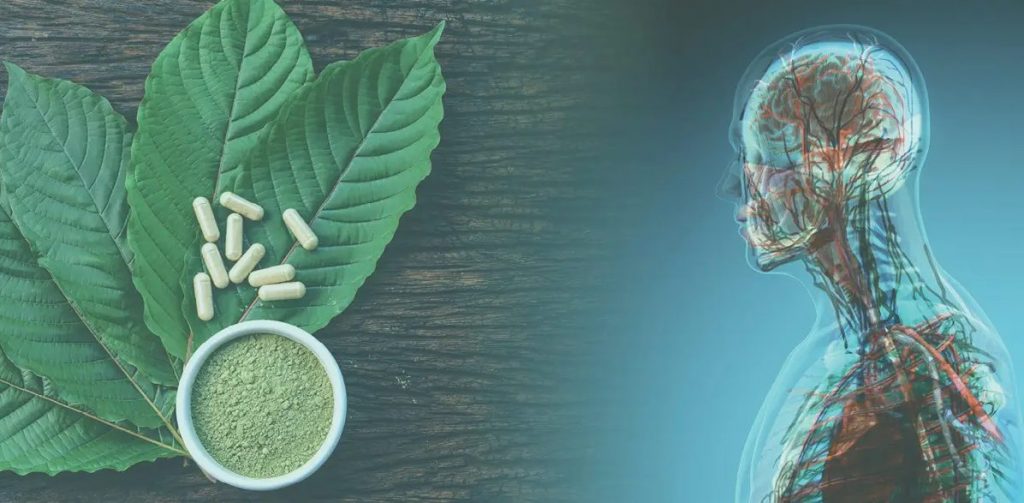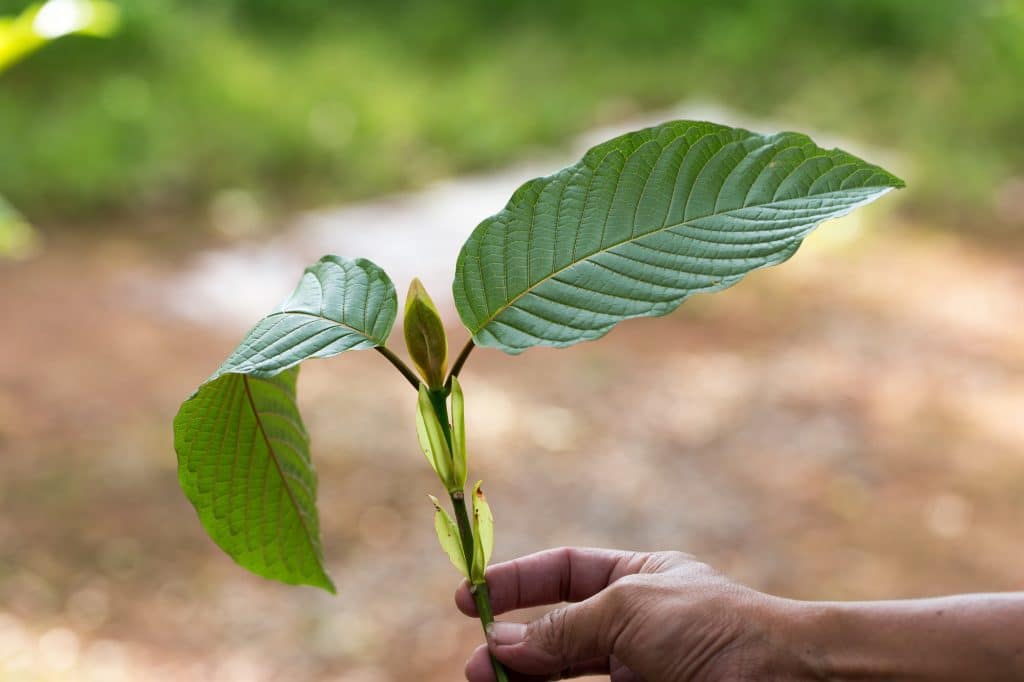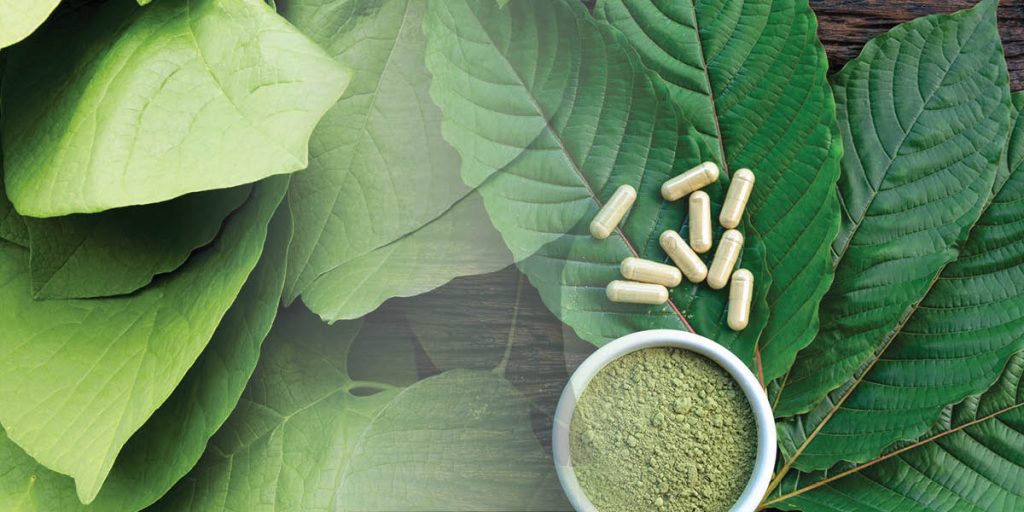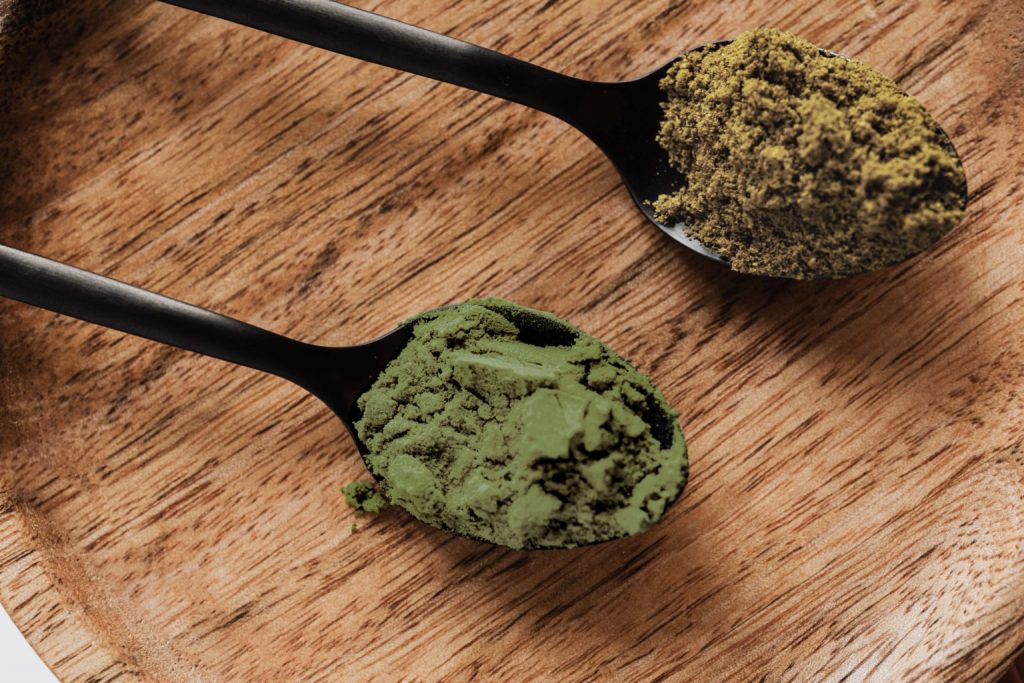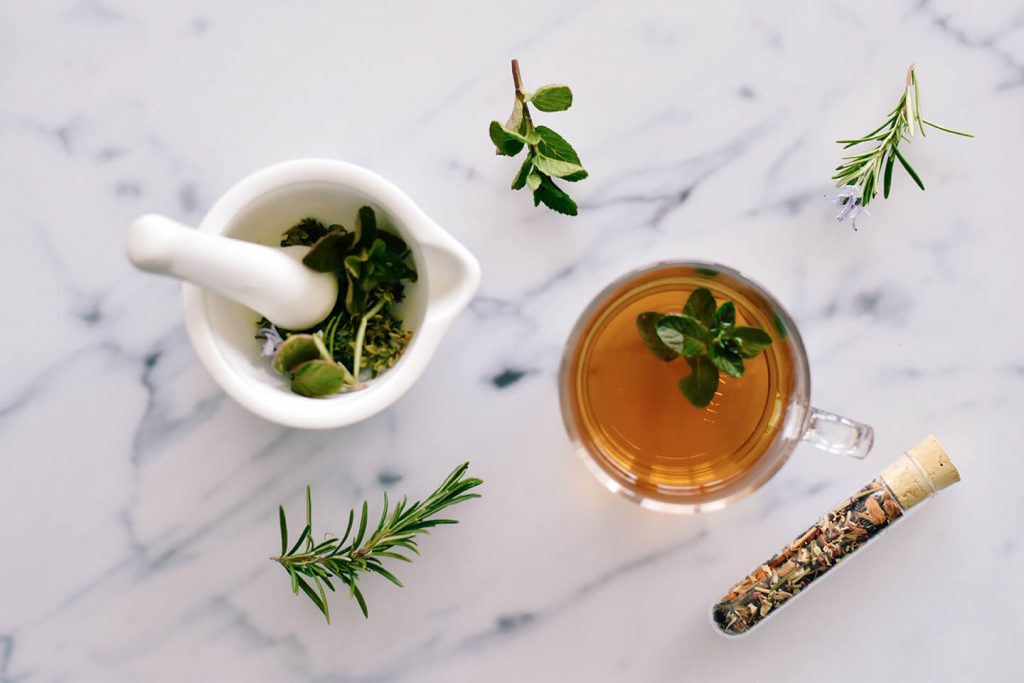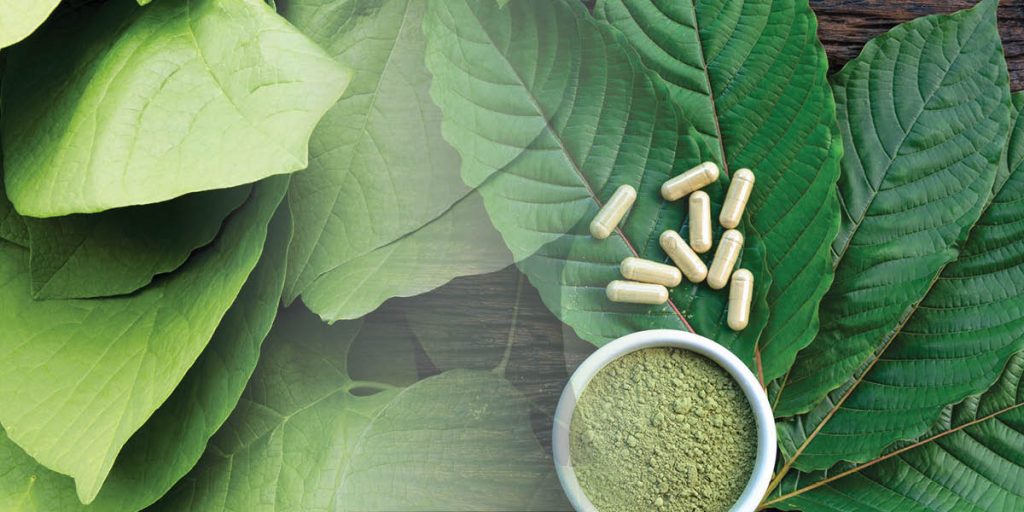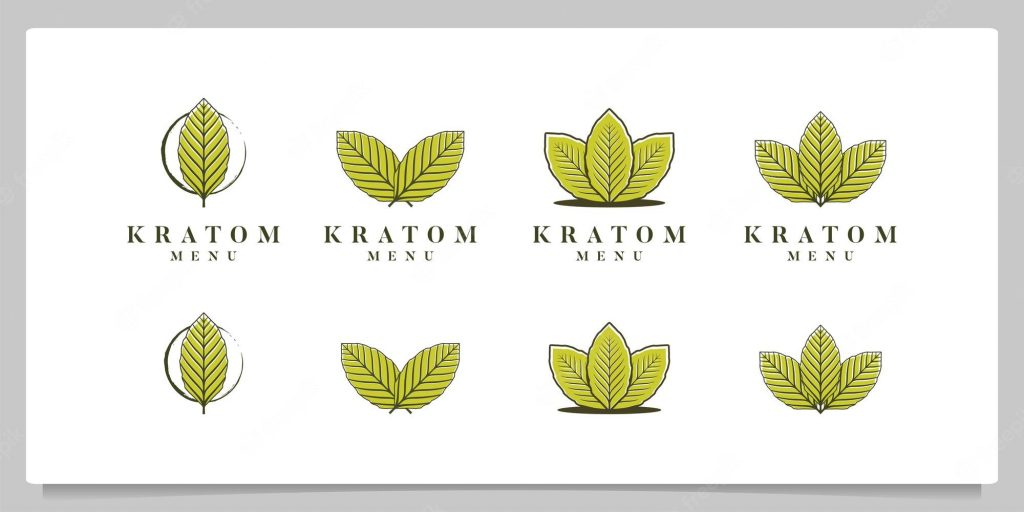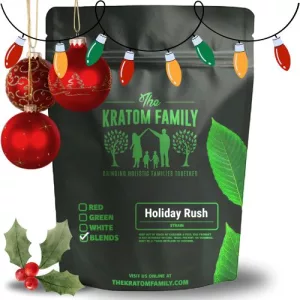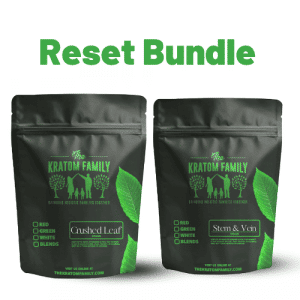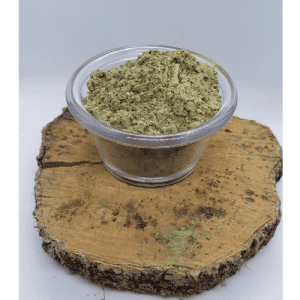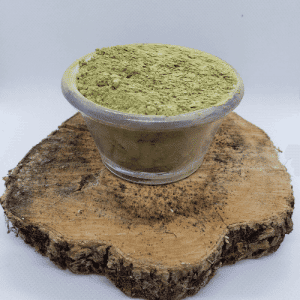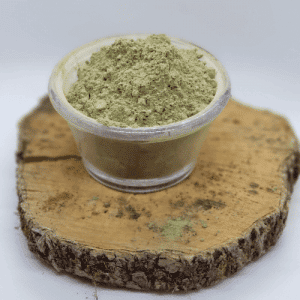Kratom (Mitragyna Speciosa) is a tropical, evergreen tree related to the coffee bean family. Native to Southeast Asia, Kratom grows predominantly in Thailand, Indonesia, and Malaysia. Used by generations of Southeastern Asian populations, Kratom’s leaves are harvested and dried to make powder, Kratom extract chewable, tea, and several other supplements.
Today, we know the extract derived from Kratom contains mitragynine (MIT) and 7-hydroxymitragynine—two active components that work on the human body’s opioid receptors. Kratom extract chewables, which showcase these two key ingredients, can be a great way to try this herbal supplement.
What Is Kratom?
Kratom has been an integral part of Southeastern Asian native cultures for many centuries. More recently, we’ve seen Kratom growing in popularity as more and more people explore the plant’s unique botanical qualities.
Let’s take a closer look at Kratom’s natural properties and explore why this plant, and particularly why Kratom extract chewables, are quickly becoming a valuable addition to many people’s daily routines.
What Should I Know About Kratom’s Properties And Botanical History?
As a tropical evergreen tree, Kratom is a highly adaptable plant. The trees can reach surprising heights, even 80-feet tall or more. A testament to just how adaptable and versatile this plant is, Kratom trees can also naturally grow in a wide range of biospheres, from flood plains to arid deserts.
Kratom can be cultivated to maximize its growth and harvesting potential. The tree’s rapidly increasing height can be controlled and even boosted through exposure to high levels of heat and sunlight. Making these adjustments, farmers can increase Kratom production right before the harvesting season to maximize the plant’s potency and surplus.
Kratom’s alkaloid content, focused in its leaves, is a critical part of the plant’s appeal. Southeast Asian farmers harvest only when the leaves are most alkaloid, ensuring Kratom is picked when it has the very highest levels of alkaloids.
The day-to-day use of Kratom in Southeast Asia can be traced back hundreds of years but is believed to have been an integral part of their society for thousands of years. Historically, Kratom leaves were chewed or brewed into a potent tea and used predominantly by day-laborers as a stimulant.
What Are Alkaloids? And, Why Are They An Important Part Of Kratom Products?
Alkaloids are naturally occurring compounds that are found in many plants, particularly flower-producing plants. These natural chemicals, or “phytochemicals” contribute to the potency of the plant—much like the alkaloid compounds in coffee beans are the source of caffeine.
The Kratom plant can contain nearly 40 different alkaloids. But there are two key compounds that are found in most Kratom products: Mitragynine (MIT) and 7-hydroxymitragynine. Also the main ingredients in Kratom extract chewable, these alkaloid compounds are central to Kratom’s physical effect on users.
Kratom Extract vs. Powder: What’s The Difference?
Both Kratom extract and powder are made from the tree’s alkaloid-rich leaves. But how the two are processed and the potency of each is different.
The process to make both Kratom powder and extract starts when the trees are fully grown and the leaves are harvested, dried, and then pulverized into a fine powder.
Kratom powder is made entirely from raw leaves—with no additives. We really recommend our Kratom green strains.
Kratom extract is derived from powdered leaves, at higher concentration levels. Processing is similar to making powder, but the leaves are boiled after they are dried. Through lengthy intervals of continuous boiling and filtering, a “tea” is made. This process boils down the alkaloids, making them even stronger, and resulting in a highly potent, liquid concentrate.
The additional processing and attention that goes into making Kratom extracts, along with the extract’s stronger potency, make it a bit more expensive than Kratom powder.
What Are The Different Forms Of Kratom Available For Purchase?
Kratom extract contains more alkaloids than its powdered counterpart. It’s worth noting that the higher concentration of alkaloids in Kratom extract gives it a darker color than the powder.
In addition to Kratom’s extract and powder forms, another version is available on the market and growing in popularity: Kratom extract chewable. This form of Kratom is popular because it has all the potency of an extract, but is packaged in a convenient chewable.
What Should I Know About Kratom Usage?
A fundamental difference between the concentration and level of alkaloid compounds in Kratom powder and Kratom extract is that the extract is the more concentrated version of the two forms.
Because Kratom concentrations are vastly different in the powder and extract, proper dosage is key. For example, you shouldn’t take the same dosage of extract you would take of the powder. This would present far too much Kratom concentrate (since the extract is much stronger).
In order to enjoy the safest dosage, be sure to discuss it with your doctor or healthcare provider, and follow the directions on the product label. Most Kratom dosage information follows the following parameters:
Safe usage and dosage for Kratom powder are usually between 1 and 2 grams. Be sure to talk with your healthcare provider before taking Kratom. They’ll be able to help you understand what personalized dose is best for your body and needs. Most experts on kratom will always tell you to start small and work up from there.
Safe usage and dosage for Kratom extract and extract chewables can be a bit more challenging to determine. This is due to the extract’s 2X, 5X, and 10X measurements. (This refers to the number of leaves or powders used to make the extract.) Additionally, extract dosage will vary from person to person, dependent on their age and weight. Again, your doctor or healthcare provider will be able to help you best outline proper Kratom dosages for you.
Tip: If you’ve not yet tried Kratom, starting with a powder is your best bet. Take small amounts to build up your resistance and then increase the dosage over time (adhering to the safe parameters mentioned above).
What’s The Best Kratom Ratio To Use?
Understanding the correct dosage ratio when using Kratom powder, extract, or chewables is essential. For example: Kratom 45X Extract Chewables have a potency ratio of 45:1. This means you get the most optimal ratio of Kratom power and potency.
Let’s look a bit closer at how this ratio works. For example, Kratom extract chewable, which are pressed into a handy tablet, have an extract ratio of 45:1. This doesn’t necessarily mean that the chewable contains 45% MIT content. In Indonesia, where the Kratom is harvested, this ratio instead reflects how many kilograms it takes to make the different forms of Kratom. In this case, that’s 45 to 1.
The Kratom Family works closely with carefully lab-tested products that have been verified to contain 45% of active MIT. So when you break this down, you’ll find that 1000mg of Kratom tablets only contain 100mg of active ingredients—and of that, 45% is active MIT. This further translates to 45mg of the MIT alkaloid per chewable tablet. (For reference, the average Kratom is 1.5% MIT, or 3 grams of Kratom powder.)
Tip: When taking Kratom, it’s a good idea to be consistent in your dosage use, to help your body adjust and acclimate slowly. Aim to also be consistent with what brand of Kratom you’re using, too, to help maintain a standardized dosage.
What Are The Different Varieties of Kratom Leaves?
There are several different types, or vein colors, of Kratom, leaves. Each vein possesses specific qualities and is employed for different uses. Before trying Kratom, it can be helpful to understand the basic differences between leaf vein types, or strains you can purchase.
As the Kratom plant ages, it produces leaf veins with different colors. For example, white vein Kratom is reflective of a younger plant, green shows maturation, and red is fully mature. (Yellow vein kratom is a unique outlier: A blend of several different kratom leaves, commonly including green and white leaves blended with mature, red leaves.)
Throughout the aging process, Kratom’s balance of alkaloids and potency level changes. Producers use different vein colors of Kratom to make their products—creating their formulas based on the different maturity levels, or colors, of the plant’s leaves.
The following guide can help you better understand the main differences between the four more common varieties of Kratom currently available on the market today—and which varieties are available through The Kratom Family store.
White Vein
Harvested from younger plants, white vein Kratom has lighter coloration due to its leaves being exposed to the shortest amount of sunlight. But its paler color doesn’t reflect a lower potency. White vein Kratom instead possesses the highest level of MIT content. This makes it one of the stronger choices for Kratom users.
If you’re a first-time Kratom user, it’s commonly recommended that you start with a very small amount of white vein Kratom—or instead try a milder vein.
Our varieties: White Malay, White Nano, Git’rDone, Firestorm, White Lightning, Wild White
Green Vein
Harvested in the middle of its life lifecycle, green vein Kratom is a milder version of its white vein counterpart in terms of potency and effectiveness. Kratom Family creates its green vein Kratom variety by carefully drying the plant both indoors and outdoors to help give it a vibrant green color.
Our varieties: Green Kalimantan, Green Nano, Green Elephant, Premium Green Bliss, Terrae Blend, Green Zen, Dragon Dust, Green Bali, Green Malay, Mountain Sunshine, Green Bliss, Green Thunder, Super Green
Red Vein
Red vein Kratom, or Borneo Red Kratom, is made from the most mature leaves of the plant, when levels of 7-hydroxymitragynine are at their highest peak. Maturity lends a more mellow potency to red vein Kratom, making it a popular choice for many users.
Our varieties: Red Borneo, Terrae Blend, True Red Bentuangie, Red Bali, Red Velvet, Firestorm, Dark Red, Red Storm, Pure Red
Yellow Vein
Kratom’s yellow vein typically combines two or more strains of various leaf colors, and often employs a different drying process (or fermentation) to achieve its unique hue. Because this vein combines other Kratom vein types, its consistency and potency can vary from supplier to supplier.
Our varieties: Yellow Borneo
Trying Kratom Products
The Kratom Family is here to help bring you a deeper understanding of Kratom. Our resources and products are specially designed and developed to be top-quality, bringing you only the best Kratom benefits.
With over 20 years experience with Kratom powder products, we’re here to answer any questions you may have. Visit our website to learn more and don’t hesitate to reach out to us directly.
Disclaimer
Due to the FDA restrictions, we can’t share any recommendations for Kratom use or discuss the specific effects of various Kratom strains. It’s best to speak with your doctor or healthcare provider before taking Kratom, and to help you discern what dosage is right for you. It’s also a good idea to do your own research and learn more about Kratom’s various properties. Be sure to bookmark our blog to get the latest insights. And, we encourage you to also visit the American Kratom Association website for additional resources and info.
Get 10% Off When You Sign Up
Signup today & receive 10% off your first order. Plus receive sales updates and new stock info as well!
By submitting this form, you are consenting to receive marketing emails from: . You can revoke your consent to receive emails at any time by using the SafeUnsubscribe® link, found at the bottom of every email. Emails are serviced by Constant Contact
Kratom Strains
-
 Holiday Rush
$34.00
Holiday Rush
$34.00
-
 Kratom Tolerance Reset Bundle
$74.99
Kratom Tolerance Reset Bundle
$74.99
-
 White Malay
$19.00 – $128.00
White Malay
$19.00 – $128.00
-
 Green Kalimantan
$19.00 – $128.00
Green Kalimantan
$19.00 – $128.00
-
 White Nano
$40.00
White Nano
$40.00

